Native Hydrangeas: Beautiful And Easy To Grow
Hydrangeas are some of the most popular flowering shrubs in the world, known for their large, colorful blooms. But did you know that there are also many native hydrangeas that are just as beautiful and easy to grow?
Native hydrangeas are adapted to the specific climate and soil conditions of their native region, so they are often more tolerant of pests and diseases than non-native varieties. They are also a great way to support local wildlife, as many native hydrangeas attract butterflies, bees, and other pollinators.
If you are looking for a beautiful and easy-care shrub for your garden, consider planting a native hydrangea. Here are a few of the best native hydrangeas to choose from:
- Smooth Hydrangea (Hydrangea arborescens): This is a hardy shrub that is native to eastern North America. It grows 3-6 feet tall and wide, and produces large, white or pink mophead flowers in summer. Smooth hydrangeas prefer partial shade and moist, well-drained soil.

- Oakleaf Hydrangea (Hydrangea quercifolia): This is a large, deciduous shrub that is native to eastern North America. It grows 6-12 feet tall and wide, and produces large, panicle-shaped flowers in summer. Oakleaf hydrangeas prefer full sun and moist, well-drained soil.
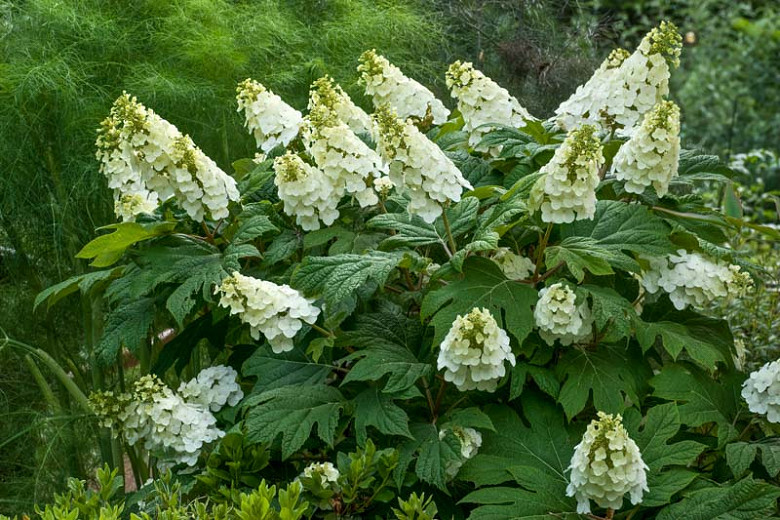
- Mountain Hydrangea (Hydrangea serrata): This is a small, evergreen shrub that is native to eastern Asia. It grows 2-4 feet tall and wide, and produces small, lacecap flowers in summer. Mountain hydrangeas prefer partial shade and moist, well-drained soil.
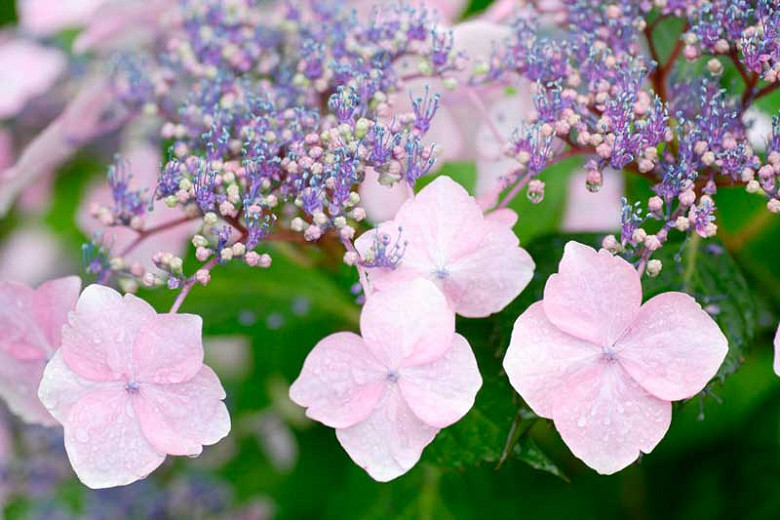
- Panicle Hydrangea (Hydrangea paniculata): This is a large, deciduous shrub that is native to eastern Asia. It grows 6-12 feet tall and wide, and produces large, panicle-shaped flowers in summer. Panicle hydrangeas prefer full sun and moist, well-drained soil.
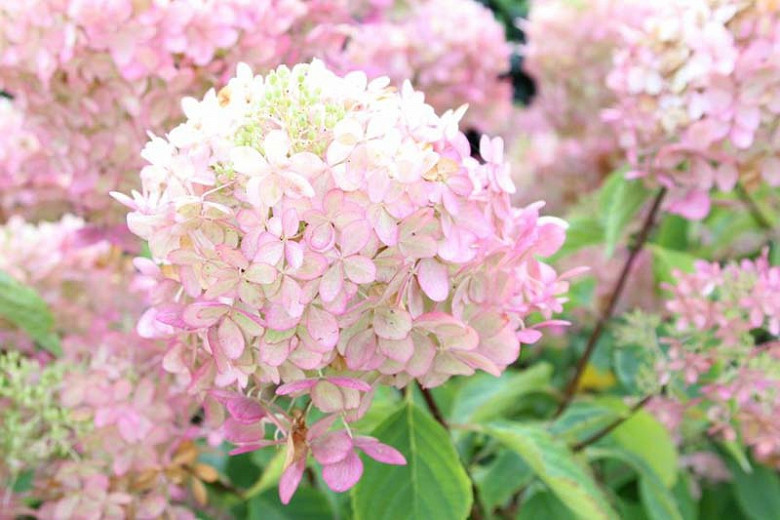
These are just a few of the many beautiful and easy-to-grow native hydrangeas available. When choosing a hydrangea for your garden, consider the climate and soil conditions in your area, as well as the size and color of the flowers you prefer.
With a little care, native hydrangeas will add beauty and interest to your garden for many years to come.
Conclusion
Native hydrangeas are a beautiful and easy-care way to add color and interest to your garden. They are also a great way to support local wildlife. If you are looking for a new shrub to plant, consider one of these native hydrangeas.
Here are some additional tips for growing native hydrangeas:
- Plant hydrangeas in the spring or fall when the weather is cool.
- Choose a location with partial shade and moist, well-drained soil.
- Fertilize hydrangeas once a year in the spring with a balanced fertilizer.
- Water hydrangeas deeply and regularly, especially during hot, dry weather.
- Deadhead spent flowers to encourage new blooms.
- Prune hydrangeas in the spring, just as new growth begins.
With a little care, native hydrangeas will thrive in your garden for many years to come.
If you're looking for a beautiful and low-maintenance shrub to add to your garden, consider a native hydrangea. Native hydrangeas are well-adapted to a variety of climates and soil conditions, and they require very little care. They also provide important food and habitat for native pollinators.
There are two main types of native hydrangeas: smooth hydrangea (Hydrangea arborescens) and oakleaf hydrangea (Hydrangea quercifolia). Smooth hydrangeas are known for their large, white flower clusters that bloom in early summer. Oakleaf hydrangeas have smaller, pink or blue flower clusters that bloom in late summer. Both types of hydrangeas can grow to be 6-8 feet tall and wide.
If you're interested in learning more about native hydrangeas, I recommend visiting . This website has a wealth of information about native hydrangeas, including their different species, growing conditions, and care requirements. You can also find a list of nurseries that sell native hydrangeas in your area.
FAQ of native hydrangea
1. What are native hydrangeas?
Native hydrangeas are species of hydrangea that are native to a particular region or ecosystem. They are often more adaptable to local conditions than non-native hydrangeas, and they can provide important ecological benefits.
2. What are the benefits of planting native hydrangeas?
There are many benefits to planting native hydrangeas. They can:
- Improve the health of your local ecosystem by providing food and shelter for wildlife.
- Help to reduce the risk of erosion by stabilizing soil.
- Improve air quality by filtering pollutants.
- Require less maintenance than non-native hydrangeas.
- Be more resistant to pests and diseases.
3. Where can I find native hydrangeas?
Native hydrangeas can be found at many garden centers and nurseries. You can also find them online or by contacting your local native plant society.
4. How do I care for native hydrangeas?
Native hydrangeas are relatively easy to care for. They need full sun to partial shade and well-drained soil. They should be watered regularly during the growing season, but they do not need to be watered as often in the winter. Native hydrangeas do not need to be fertilized often, but you can fertilize them with a balanced fertilizer in the spring.
5. What are some common pests and diseases that affect native hydrangeas?
The most common pests that affect native hydrangeas are aphids, scale insects, and spider mites. The most common diseases that affect native hydrangeas are leaf spot, powdery mildew, and verticillium wilt. If you notice any pests or diseases on your native hydrangeas, you can treat them with insecticidal soap, neem oil, or horticultural oil.
Image of native hydrangea
5 different images of "native hydrangea" from Pinterest:
- Smooth Hydrangea (Hydrangea arborescens) is a native hydrangea found in eastern North America. It is a deciduous shrub that can grow up to 10 feet tall. The flowers are white or pale pink and bloom in late summer.

- Bigleaf Hydrangea (Hydrangea macrophylla) is another native hydrangea found in eastern North America. It is a large shrub or small tree that can grow up to 30 feet tall. The flowers are blue, pink, or white and bloom in late summer.
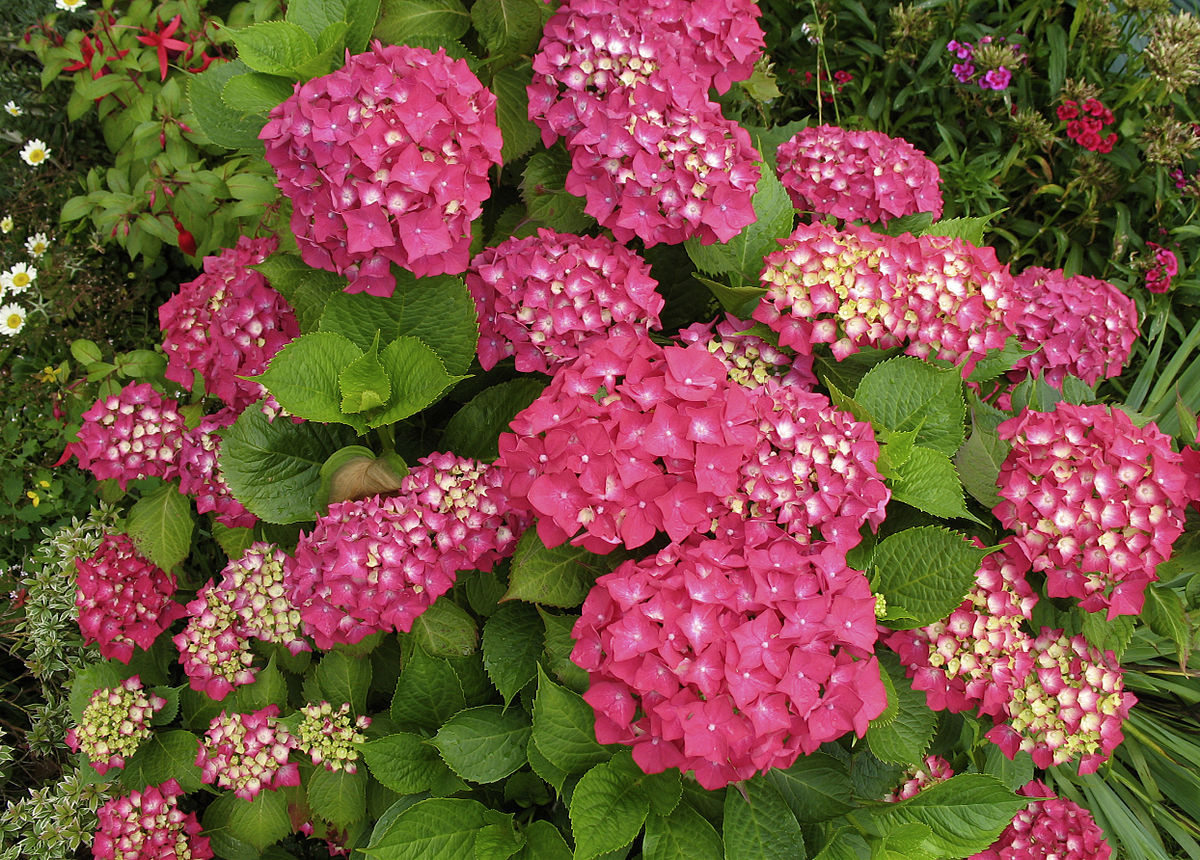
- Mountain Hydrangea (Hydrangea paniculata) is a native hydrangea found in eastern North America. It is a deciduous shrub that can grow up to 15 feet tall. The flowers are white, pink, or purple and bloom in late summer.
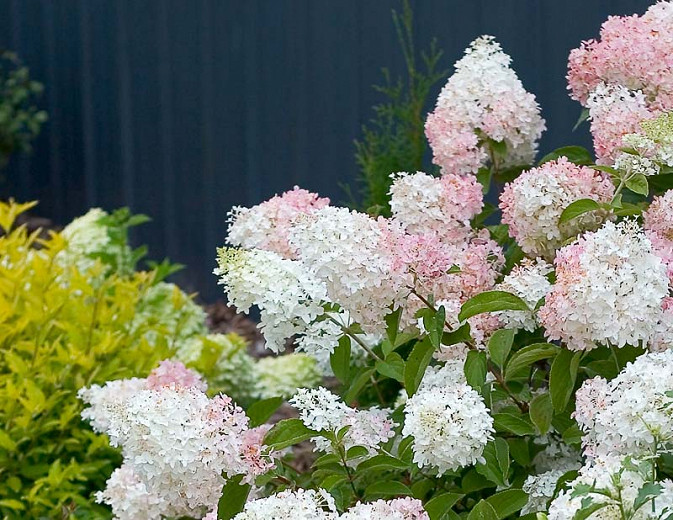
- Oakleaf Hydrangea (Hydrangea quercifolia) is a native hydrangea found in the southeastern United States. It is a deciduous shrub or small tree that can grow up to 20 feet tall. The leaves are large and resemble oak leaves. The flowers are white or pink and bloom in late summer.

- Seven Bark Hydrangea (Hydrangea petiolaris) is a native hydrangea found in eastern North America. It is a climbing shrub that can grow up to 60 feet tall. The flowers are white or pink and bloom in late summer.

Post a Comment for "Native Hydrangeas: Beautiful And Easy To Grow"